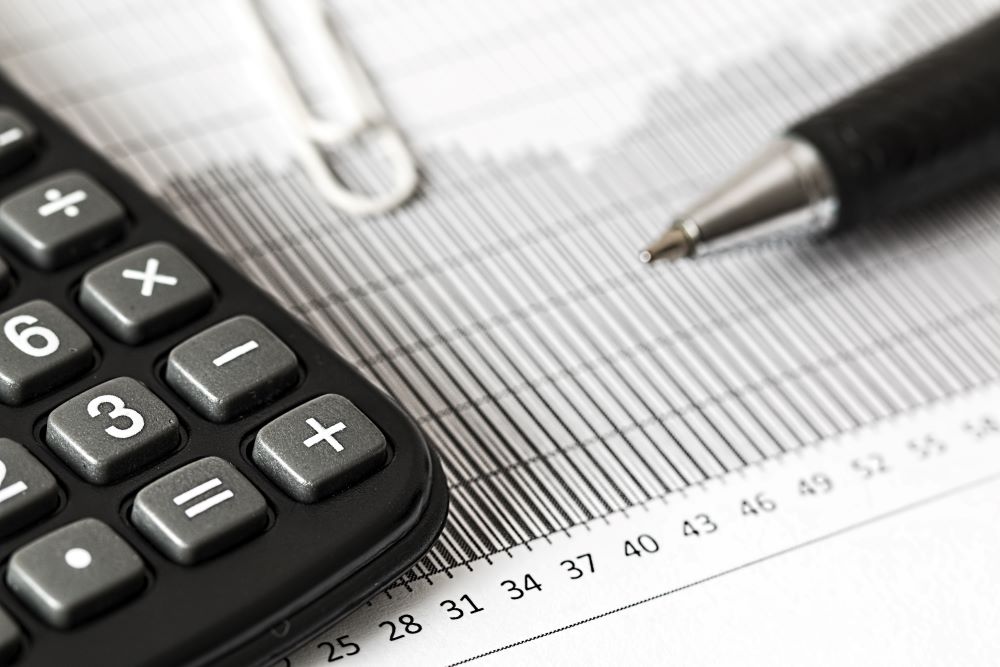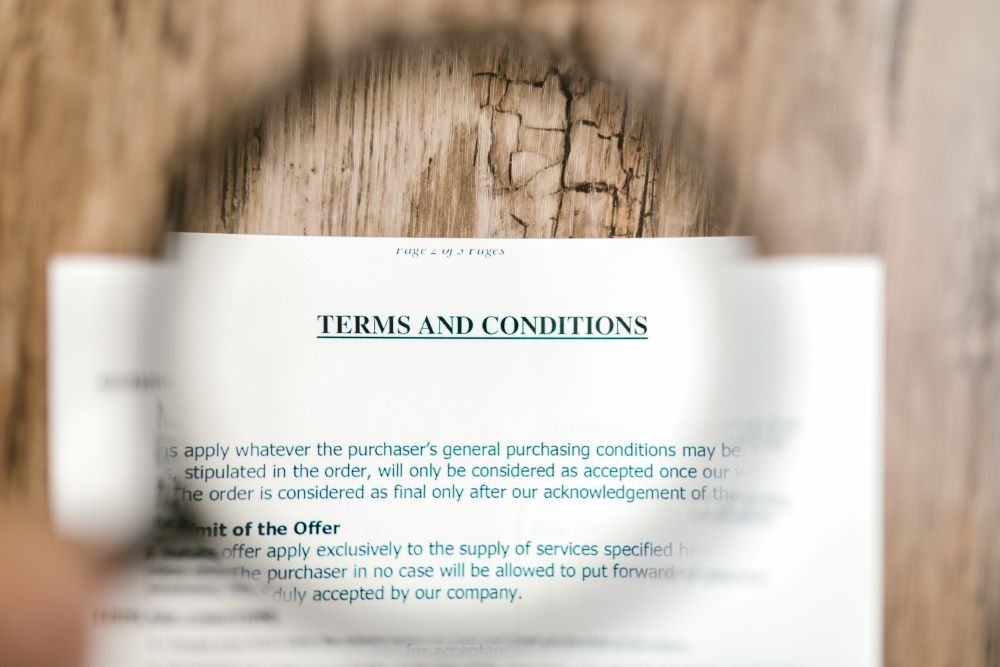Where to begin
The recent global climate has had a significant impact on all aspects of our lives and none more so than the economic environment. The mandated closure of businesses has been an extremely challenging period for all of those affected, and has threatened a devastating impact on incomes and their future.
Fortunately, there is help at hand in the form of government-funded support packages. These are destined for those businesses requiring aid to maintain their financial health if it has been negatively affected by the pandemic. The newer initiative is known as the Bounce Back Loan Scheme (or BBLS). It has replaced the less successful Coronavirus Business Interruption Loan Scheme (CBILS), which saw only a small number of those applying secure the funding they were supposed to be eligible for.
What exactly is a Bounce Back Loan?
The name is a true reflection of the loan’s intention as it is designed to enable SMEs to literally ‘bounce back’ once the effects of the pandemic allow trade to re-open. The government is favourably facilitating the lending of resources to promote this to enable companies to re-establish themselves as soon as possible. The lending occurs through a bank (usually your business bank), which is secured by the government.
The process of acquiring the loan has been carefully thought-out to ensure the applications are quickly honoured, with funds received within a 24-hour turnaround time. As yet, this hasn’t been the case. However, there is the promise that in the future, these terms might be met.
What are the terms of a Bounce Back Loan?
A Bounce Back Loan is targeted at smaller businesses as they are possibly more vulnerable than others in the current climate. A business will have access to a loan worth up to 25% of its turnover, to a maximum value of £50,000.
The loans are interest-free for the first year, and a fixed rate of 2.5% is subsequently applied for up to six years after that. The government secure the loans themselves, which offers a lower risk to the lenders.
What is my liability regarding a Bounce Back Loan and a personal guarantee?
As stated, the government provides security for the loans, which means the banks that physically lend the money are in a less risky position. However, the responsibility of repaying the loan lies entirely with the company that has borrowed the money. The monthly repayments will begin after the initial 12-month grace period.
As the security for the banks will be provided by the government, company directors do not need to give any personal guarantee for the loan. This will be hugely beneficial in the event of continued financial difficulty after the end of the pandemic, as personal guarantees for loans etc., will need to be considered as part of an insolvency process (a CVL or Creditors’ Voluntary Liquidation, for example). Provided there is no breach of any other director behaviour or responsibility, the directors’ personal assets will not be at risk to repay the Bounce Back Loan.
Do you qualify for a Bounce Back Loan?
There are specific criteria that must be fulfilled before a loan will be granted. For example, they are designed to help with the effects of the COVID-19 pandemic only, and as such, the business must be able to prove that it has been adversely affected because of it. You must also be able to demonstrate the company was not in financial difficulty before 31st December 2019. That being said, if you were in difficulty, you might still be eligible, but it could be for a lesser amount and with added restrictions as to how the money can be used.
What can I use a Bounce Back Loan for?
The money must be used in a way that will give your business what is known as an economic benefit, so there are certain restrictions in place as to how you can use the money. For example, the payment of salaries is acceptable, but the funds cannot be used to give pay rises. Dividends should also not be paid from the money unless a clear and adequate profit is recorded on the balance sheet prior. Generally speaking, the loan should be used as working capital and to improve general cash flow.
In certain circumstances, the loan can also be used to help with some existing borrowing in a refinancing capacity to help cashflow. However, to prevent any potential issues, the way it is used must be done with caution. For example, if you have a mix of personally guaranteed debts and unsecured ones, it would be unwise only to address those which have a personal guarantee with the money. Were you to do this; it could latterly be construed as making a preference as an act of misfeasance.
How you might struggle to access a Bounce Back Loan
Whilst the process has indeed been streamlined, it is still not within the parameters it was initially intended to be, and many companies have struggled to secure a Bounce Back Loan. Just 53% of companies attempting to secure one were successful within the first 24 hours. The critical issue is that currently, only a small number of banks have been approved to issue said loans, and for obvious reasons, they have been prioritising their business customers. As such, many eligible companies may still struggle to access one.
Are there any alternatives to a Bounce Back Loan?
Some businesses may be turned down for a Bounce Back Loan or may be struggling to apply for one through their bank. If this is the case for you, there are a couple of options.
Firstly, you could simply wait until a larger number of institutions are accredited to supply one, which could make your application easier. Some lenders may start to accept applications from companies that do not bank with them too, so this is another alternative. However, if waiting for this is not an option, then other commercial financing might be more suitable:
The Coronavirus Business Interruption Loan Scheme (CBILS)
As mentioned earlier, the uptake of this has not been optimal. However, it remains an option for those who cannot access the Bounce Back Loan Scheme. Equally, if you have already applied for the CBILS and have been denied, you could subsequently apply for the BBLS. There are more stringent requirements for this type of loan, so it is essential to be aware of this, and as such, if you have been turned down for the BBLS, it might be the case you are turned down for the CBILS too.
Other corporate finance
The BBLS is still not as fast to process as it was intended to be, and as such, if your business is in extreme need of the funds, there are other ways of accessing money quickly. Standard commercial loans offered by the main lenders, as well as challenger banks and niche loans, may be able to process your request faster. Whilst you may not enjoy the same preferential rates as a Bounce Back Loan, it could be much more beneficial for you to go down this route if getting funding quickly will be the key to your company’s survival.
Funding without taking out a loan
Not every financial difficulty is best-resolved with a loan. For example, if you are struggling with unpaid invoices, invoice factoring or invoice discounting might be more appropriate and provide you with at least a percentage of the money you are owed to ease cashflow. This flexible arrangement can be disabled when it is no longer needed, which is great for businesses.
Commercial finance experts
In the event of your company requiring financial assistance, it is always advisable to speak to an expert in commercial finance. There are so many options available, different lenders to choose from, and various financing types that it can otherwise be difficult to understand precisely which one will suit your business the best.
A commercial finance expert will be able to guide you to the one which is right for you and will help you if you have been turned down for finance previously. They will also be able to help you with the application process, which can be different by lender, and they will be well-versed in what the requirements are to give you the best chance of success.
Wrongful trading in the current climate
The provisions for wrongful trading have been suspended temporarily but do not confuse this to mean that future personal liability is not at risk regarding preference payments. Instead, it means that companies can continue trading even if they are going through financial difficulty and are at risk of insolvency, without the directors becoming personally liable for the debts accumulated. The goal is to reduce the number of businesses that liquidate in the near future in the hope they may become viable again once trade resumes.
If you believe your business is in financial difficulty because of the pandemic, it is advisable to speak with an insolvency practitioner, such as the experts at 1st Business Rescue, who will help you navigate the challenging period. They will be able to advise on all the rules, the different funding available, and how you can best manage your finances to hopefully come out of the other side of the pandemic and regain business health.
You can call us on 0808 196 8600, message us on 07737574361 or send us an email at help@1stbusinessrescue.co.uk.
I'm Chris Worden, Managing Director at 1st Business Rescue. With over 7 years of experience, I help UK directors navigate the complex world of UK corporate insolvency. We offer free and independent advice to UK directors and advise them about what options may be available to them if their limited company starts to struggle.
I am passionate about helping other directors overcome their business challenges and get back on their feet, as I was once in the same position as them. I had a business that became insolvent, and the advice out there was confusing and overwhelming. I am here to provide honest and valuable advice to UK directors.
I am proud to say that we are one of the only 5-star corporate insolvency companies on Trustpilot with hundreds of 5-star reviews, and we publish videos weekly on our YouTube channel. Our channel is designed to educate UK directors about insolvency and debt advice. Check it out here:
Please get in touch and we’ll come back to you
without delay.
Call 0808 506 2246
Text 07717 738 167
Complete a Free Online Enquiry





